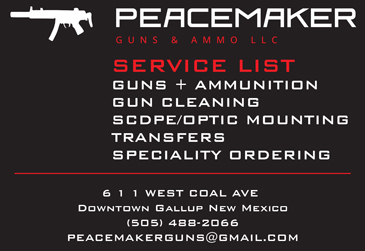Whether it’s made on an elevator or on the ground floor, the 30- to 60-second business pitch that’s named for the place it’s often made should sound unrehearsed and authentic even if it’s the product of exhaustive thought and preparation — which it should be.
The “elevator pitch” is a concise summary of a product, service or idea that is so intriguing or compelling that the listener wants to hear more. It’s the hook that catches the attention of the potential investor, client or collaborator.
Too often, these proposals sound contrived or desperate, crammed with so much data or drama that the intended recipient can’t digest it all in the allotted time and consequently tunes it out.
The trick to a successful elevator pitch is understanding what’s essential about its content and delivery: The elevator pitch should be brief, honest and presented with passionate professionalism. It should convey information about an opportunity for the listener without sounding like a sales job. Striking that balance isn’t easy, but it’s possible when the pitcher prepares thoroughly to sound unpracticed and spontaneous.
Sound like a real person: Because the most effective elevator pitches are written and polished before they’re delivered, they often sound staged or stilted because people tend to write as if for publication rather than personal presentation. The entrepreneur, eager to take advantage of limited time to make a good impression, can come across as a breathless huckster — slick and phony. The trick is to draft and redraft the intended message but to deliver it without artifice, to speak informally, the way people do in real conversation.
Use understandable language. Conveying complex ideas into simple words takes practice, but it’s the best way to communicate without sounding pretentious or losing the listener in a sea of high-sounding syllables. This is especially important if the pitcher and listener don’t share a common language or cultural experience.
Make it snappy. Elevator rides are brief, and the audience is captive: Thus the pitch named for the popular people-moving machine is designed to deliver a message to someone who shares the same confined space for just a few moments. An elevator ride is not long enough for someone to tell the history of a company or product, so it forces the presenter to distill the message to its essentials and nothing more. But it’s good to have extra details in mind in case the one-way speech develops into a two-way conversation.
Stress the value proposition. Make the pitch about the invention, service or product that makes it attractive to customers. Even if the listener doesn’t decide to invest in bringing it to market, he or she might provide a reference to someone who will. Make the value proposition specific and credible.
Practice makes presentable. Once the pitch is perfected on paper, it should be rehearsed again and again — ideally in front of a mirror and a friendly critic who’s willing to give honest feedback — until it sounds natural, relaxed and genuinely interesting. With enough practice, the pitcher might feel confident enough to go completely off script if the moment is right and the listener is engaged — to offer a few more details and do some listening as well. That’s how a real connection is made.
Entrepreneurs can practice their pitches at one of many pitch-fests throughout the state. Search “pitch” on New Mexico’s Biz Calendar at: bizcalendar.org to find an upcoming event.
Finance New Mexico connects individuals and businesses with skills and funding resources for their business or idea. To learn more, go to: www.FinanceNewMexico.org
By Sandy Nelson
Finance New Mexico















